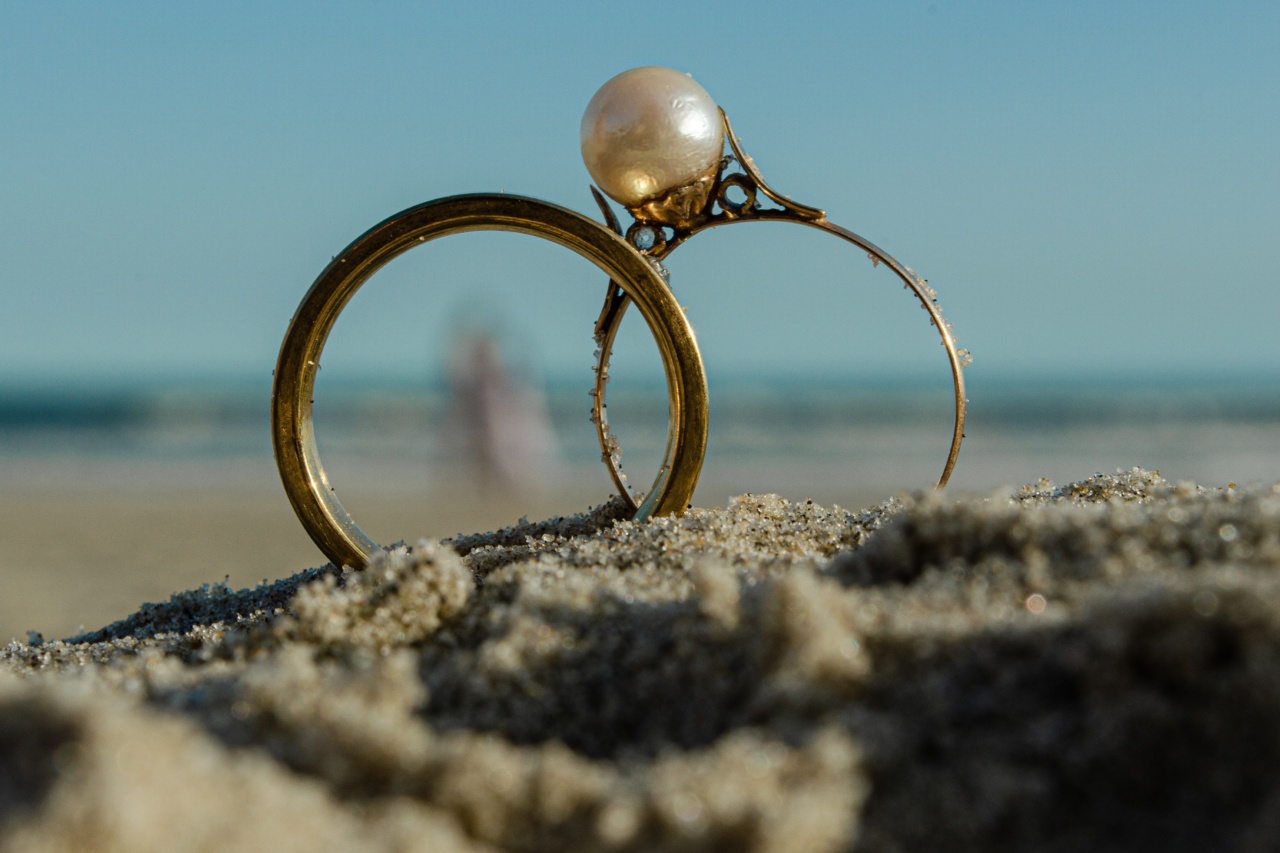Contraception is essential for those who want to prevent pregnancy. Vaginal rings are a relatively new contraceptive method that are becoming increasingly popular among women all over the world.
Vaginal rings are flexible rings that are inserted into the vagina, and they release hormones that prevent ovulation. The hormones released by the vaginal ring also thicken the cervical mucus, which makes it more difficult for sperm to travel to the egg.
Advancements in the design of vaginal rings, the effectiveness of the hormones they release, and their ease of use have made them a popular choice for contraception.
Types of Vaginal Rings
There are two types of vaginal rings, the combined hormonal contraceptive ring and the progesterone-only contraceptive ring.
The Combined Hormonal Contraceptive Ring
The combined hormonal contraceptive ring releases two types of hormones, progesterone and estrogen, into the bloodstream. These hormones work together to prevent ovulation, thicken cervical mucus, and prevent sperm from reaching the egg.
The combined hormonal contraceptive ring is worn for 21 days, followed by a week-long break when a woman has her period.
The Progesterone-Only Contraceptive Ring
The progesterone-only contraceptive ring releases only one hormone, progesterone, into the bloodstream. This hormone also works to prevent ovulation, but it does not contain estrogen.
The progesterone-only contraceptive ring is worn continuously for three weeks, and then removed for a seven-day break when a woman has her period.
Benefits of Vaginal Rings
Vaginal rings have several benefits that make them an excellent choice for contraception.
Convenience
Vaginal rings are a very convenient form of contraception. They are inserted into the vagina once a month, which reduces the likelihood of user error, unlike other contraceptive methods that require daily use.
Once inserted, the ring can be forgotten about for the remainder of the month. After the month is over, the ring is removed, and a new one is inserted.
Long-lasting
Vaginal rings are long-lasting. The combined hormonal contraceptive ring can be worn for 21 days, while the progesterone-only contraceptive ring can be worn continuously for three weeks.
This means that women do not have to worry about contraception on a daily basis, unlike other methods of contraception.
Effective
Vaginal rings are very effective at preventing pregnancy. When used correctly, the combined hormonal contraceptive ring is over 99% effective, and the progesterone-only contraceptive ring is over 90% effective.
Improves Menstrual Symptoms
Vaginal rings can improve menstrual symptoms. The hormones in the combined hormonal contraceptive ring can help reduce heavy bleeding, cramping, and other menstrual symptoms.
Women who use the combined hormonal contraceptive ring may experience lighter and shorter periods compared to women who use other forms of contraception.
Advancements in Contraception with Vaginal Rings
Vaginal rings have come a long way since they were first introduced. Advances in technology have made vaginal rings more effective and easier to use.
New Hormonal Formulations
There have been several advancements in the hormonal formulation of vaginal rings. The first vaginal rings that were available only contained estrogen.
Today, there are vaginal rings that contain both progesterone and estrogen, which work together to provide better contraceptive protection.
Better Design
The design of vaginal rings has improved dramatically since they were first introduced. Modern vaginal rings are more flexible and easier to insert than older vaginal rings.
The latest vaginal rings are also smaller in size, which makes them more comfortable to wear, and reduces the likelihood of them slipping out of place.
Improved Delivery Methods
The delivery methods of hormonal contraceptives have also improved over the years. The first vaginal rings were formulated to release a static dose of hormones throughout the month.
Modern vaginal rings, however, are designed to release hormones in a more natural manner, which leads to better contraceptive protection.
Side Effects of Vaginal Rings
Like all hormonal contraceptives, vaginal rings can have side effects.
Common Side Effects
The common side effects of vaginal rings include headaches, nausea, vaginal discharge, and breast tenderness. These side effects usually go away after a few weeks of use.
Less Common Side Effects
Less common side effects of vaginal rings include high blood pressure, mood changes, and increased risk of blood clots. These side effects are rare but can be serious.
Women who experience any of these side effects should talk to their healthcare provider immediately.
Closing Thoughts
Vaginal rings are a highly effective and convenient form of contraception. Recent advancements in vaginal ring technology have made them even more effective and easy to use.
Women who are considering a vaginal ring as a form of contraception should talk to their healthcare provider to determine if it is the right choice for them.































